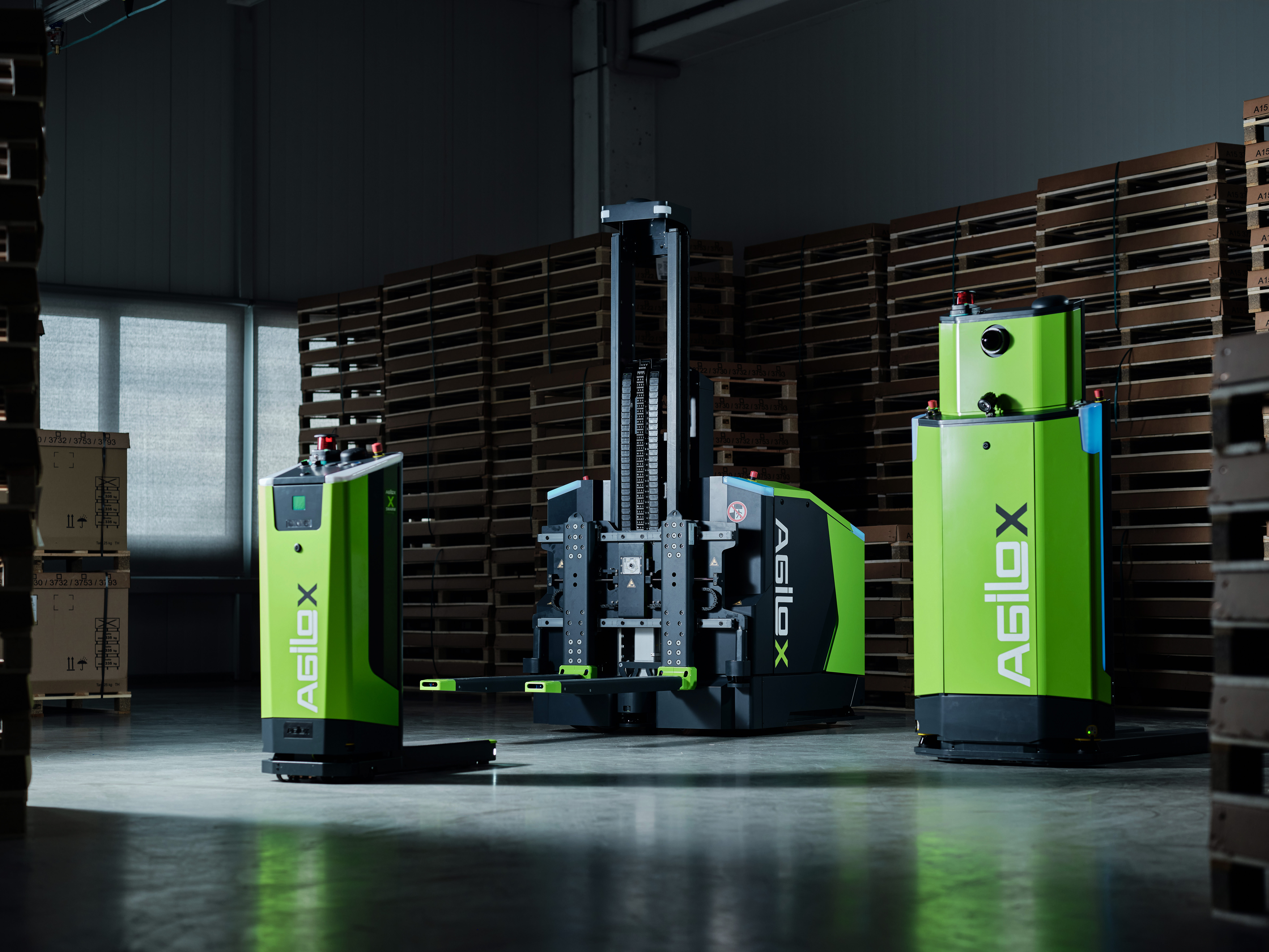A fundamental human need is safety. This is especially true for those who work in physically demanding and potentially hazardous fields like logistics, where the likelihood of accidents is high. Automation can significantly relieve the strain for them whenever there is a significant increase in safety. Here is a brief explanation of how this can be done.
Safety as a crucial factor
Feelings of security and satisfaction, which in turn foster security and satisfaction, are closely linked to physical and mental health. In other words, people who work under constant threat of danger or accident make mistakes more easily, endangering both their own safety and the safety of others. Accidents at work may occur as a result, which may have detrimental effects. Heavy physical work also increases the chance of developing chronic wear and tear, which obviously also has a negative effect on a person's overall sense of satisfaction.
Safety as a business factor
So, the "health" of your company's business is also significantly impacted by the safety issue. Naturally, no one can promise complete security. However, the correlations unequivocally demonstrate that employers should take all reasonable steps to provide the highest level of internal safety for their workers. For the good of everyone. And this is the exact situation where automation solutions, particularly those in robotics, offer unparalleled effective and long-term safety solutions.
Highest safety standards using the example of AMRs (Autonomous Mobile Robots)
In general, automation systems in transportation and intralogistics relieve your staff by letting the former handle repetitive, indirect, potentially hazardous, and/or physically taxing tasks. They can then deliver goods with the highest level of efficiency and significantly greater safety.
Specialized systems, like "Autonomous Mobile Robots" (AMRs), stand out from other solutions due to their dependable and superior safety technology. Since they share routes and connections with other vehicles and people, this makes them especially well-suited for cooperative use. Special sensors and control systems make sure of this.
An AMR, for instance, brakes proactively and in accordance with its load when it encounters an obstacle to avoid becoming unbalanced or even falling.
The situation is then independently examined using the following scenarios:
After performing the avoiding maneuver, the vehicle continues its way if there is enough room to do so. However, if avoiding is not an option, it will look for a different path.
In each of these scenarios, it converses concurrently with the other AMRs in the fleet, who then reach the necessary conclusions and determine alternate routes. Conveyor systems are rigid systems that cannot be compared in terms of flexibility or the application of predictive safety systems.
Verified safety
The development and testing of autonomous systems is done with the utmost care and according to the right procedures for their largely autonomous operation. In addition, independent testing organizations vouch for the security of such systems.
Regarding automatic logistics systems, and particularly autonomous ones, safety plays a crucial role. specifically, because safety is connected to all the other advantages of automation.
As a result, automating intralogistics also significantly boosts efficiency, demonstrably lowers costs, minimizes employee fluctuation, and gives you a competitive advantage over rivals through flexibility.
The free whitepaper, which is available exclusively for you to download here, provides an overview of how and on which other levels automation generates immediately profitable advantages.



